
This was the affirmation of Hoang Ngoc Phong, Deputy Head of the Development Strategy Institute, an arm of MPI.
The Instruction No. 11/2011/CT-TTg stipulated that local authorities have to weigh the necessity, the investment efficiency and other conditions when considering new golf courses.
“The new golf course projects must come in line with the land use programming. They must not be developed on rice fields, preventive forests, must not associated with the urban area development. The golf courses should be built in the localities with tourism development potentials,” Phong said.
Prior to that, local authorities and investors once suffered a constant anxiety that no more golf course project would be licensed after the Prime Minister instructed to strengthen the control and supervision over the implementation of the golf course development plan, as stipulated in the Decision No. 1946.
After that, they felt eased when MPI late last year suggested a plan on expanding the golf course programming by 2020, under which the number of golf course would rise to 115 by 2020, including the 87 projects in the old program, and the 28 additional projects.
However, none of the things has come true. However, investors and local authorities now can sigh with relief after they found out that the opportunities still exist for golf course projects, and whether their projects are approved would depend on the project preparation by local authorities, and the projects’ capability to meet the basic principles set up by the government."
Local authorities have repeatedly proposed to add more projects into the golf course development program. The Thai Nguyen provincial people’s committee has suggested building four more golf courses instead of the two previously submitted projects of Yen Binh and Long Son.
Meanwhile, Quang Ninh is also going to put some new golf course projects on the table of the competent agencies.
Phong has denied the comment that Vietnam would have too many golf courses, if all the projects get approval for development, affirming that the number of golf courses in Vietnam is not too big if compared with regional countries.
Dau tu newspaper has quoted Jeff Puchalski, Managing Director of Fore Golf Asia, a golf course management consultancy firm, as saying that no need to worry that there might not be enough golfers for all the golf courses.
He affirmed that investors would not continue developing golf courses if they cannot find enough golfers, saying that besides Vietnamese, foreigners would go to Vietnam to tour and play golf.
It seems that this is the good news for investors, who can see big profits in the investment field. Prior to that, they once faced the criticism from the public that golf courses have taken the land for rice fields and caused environmental pollution.
Nguyen Van Hao, Secretary General of the Vietnam Golf Association, said that people have not had sufficient assessments about the contribution of gold courses to people’s life and the national economy. The golf courses bring money, favorable conditions to develop trade, tourism, sports, and generate jobs.
Thoi bao Kinh te Vietnam has reported that Vietnamese CT Group has purchased 95 percent of the stakes of the Cu Chi golf course project at 24 million dollars. The project was initially registered by GS Engineering & Construction Corp, a big South Korean group.
C. V

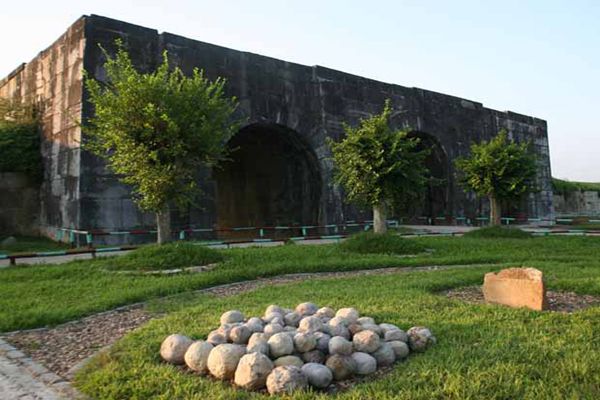
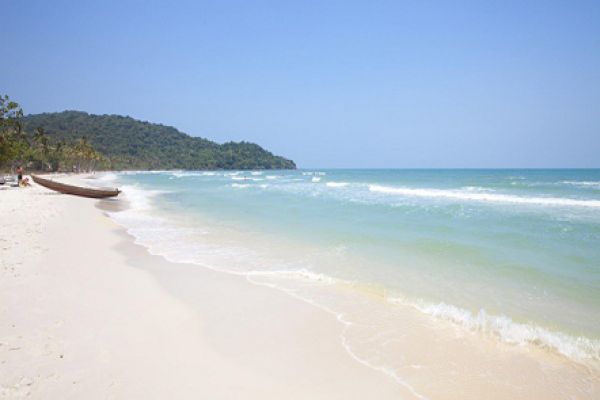
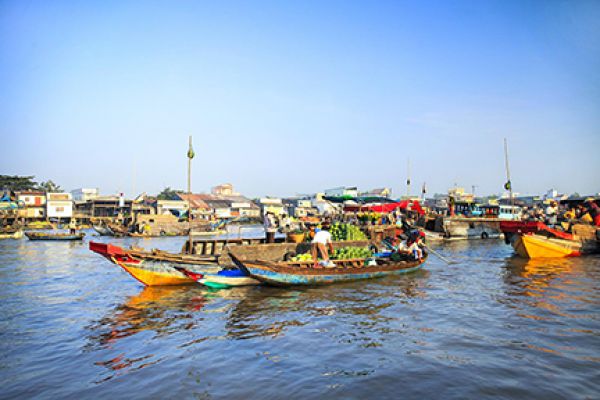


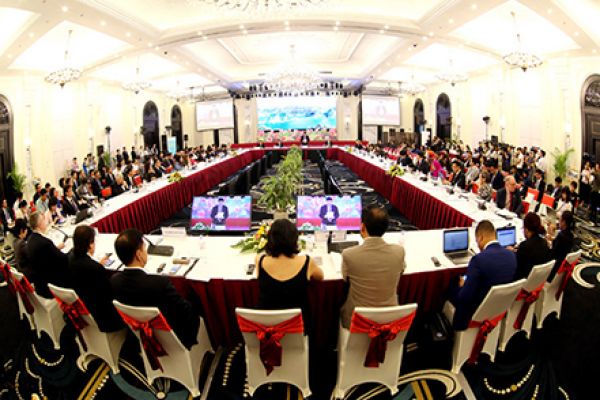
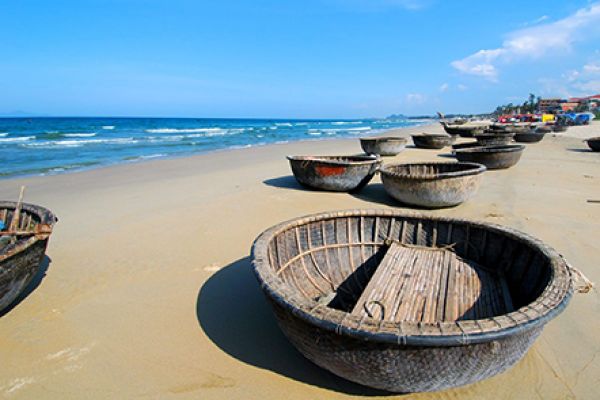

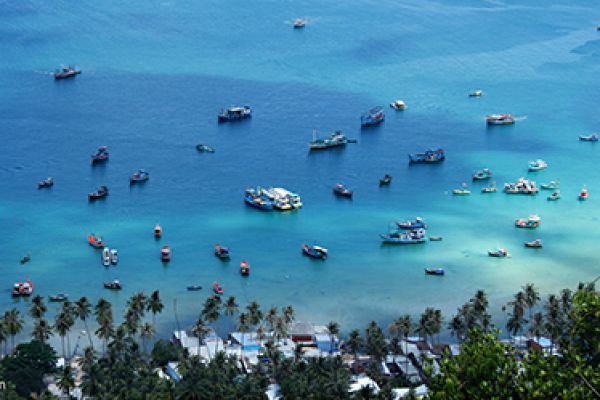
(84-63) 3 826042 – (84-63) 3 511142
No 54 Nguyen Dinh Chieu, Ham Tien Central Mui Ne Beach Binh Thuan Vietnam
523 To Hien Thanh District 10 Ho Chi Minh City Vietnam
Ha Long Halong City Quang Ninh Vietnam
A13 Hung Thong 2 Halong City Quang Ninh Vietnam




